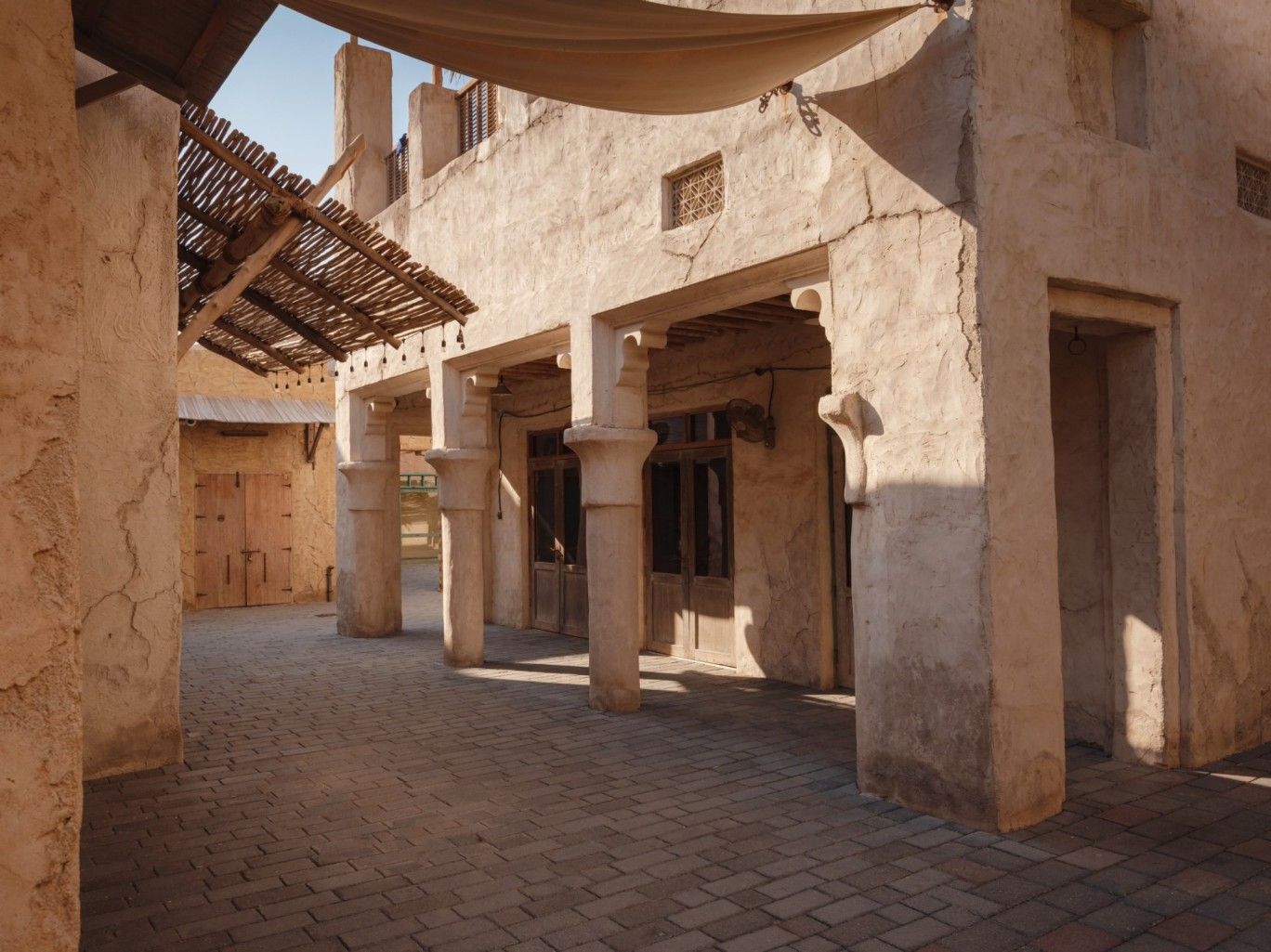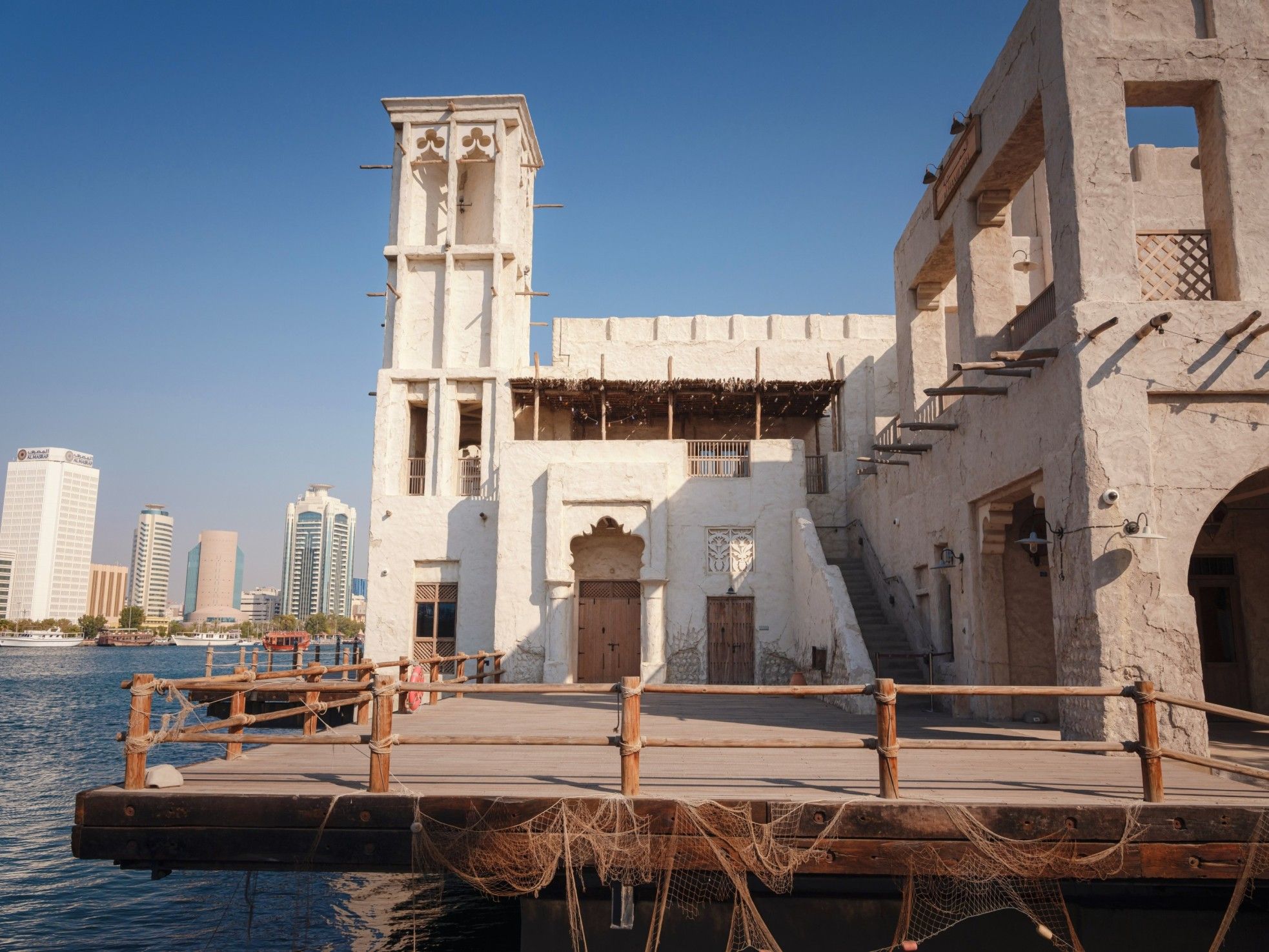Restoring Heritage: Preserving Dubai's Architectural History

Dubai is known for its modern skyline and futuristic architecture, but a rich historical heritage lies beneath the glittering surface. Recently, a growing focus has been on preserving heritage architecture in Dubai.
This blog explores the importance of historic building restoration and cultural preservation in the UAE's most famous city.
The Importance of Heritage Architecture
Heritage architecture in Dubai tells the story of the city's past. These buildings are more than just old structures. They are physical links to Dubai's history and culture.
Preserving them helps maintain the city's identity and provides valuable insights into traditional building techniques and designs.
Dubai's Architectural History:
Before the discovery of oil, Dubai was a small fishing and pearl diving town. The architecture reflected this simple lifestyle. Houses were made of coral stone, palm fronds, and mud.
These materials kept homes cool in the hot desert climate. As Dubai grew, its architecture evolved, but many historical buildings still stand today.
Key Heritage Sites in Dubai:
Several important heritage sites showcase heritage architecture in Dubai. The Al Fahidi Historic District is one of the most famous. This area dates back to the 1890s. It features traditional wind towers and narrow lanes.
Another significant site is the Sheikh Saeed Al Maktoum House, the residence of Dubai's former ruler. It now serves as a museum of Dubai's history.
Challenges in Historical Building Restoration

Restoring old buildings in Dubai isn't easy. The harsh climate takes a toll on structures. Many buildings have fallen into disrepair over the years.
There's also the challenge of balancing preservation with modernization. Restorers must maintain the building's historical integrity while making it functional for today's use.
The Role of Technology in Preservation
Modern technology plays a significant role in historic building restoration. 3D scanning helps create detailed digital models of buildings. This aids in planning restoration work.
Advanced materials help strengthen old structures without changing their appearance. These technologies enable the preservation of buildings that might otherwise succumb to the passage of time.
The Economic Benefits of Heritage Preservation
Preserving Dubai's historic architecture is not only a matter of culture. It offers financial advantages as well. Historical sites that have been restored draw tourists and open up new business opportunities.
These stores, eateries, and lodging facilities support the local economy by creating jobs. Heritage tourism is an increasingly significant segment of Dubai's tourism economy.
Educational Value of Heritage Sites
Restored heritage sites serve as outdoor classrooms. They teach visitors about Dubai's history and culture; school groups often visit these sites.
Adults, too, can learn about traditional Emirati life. This educational aspect makes heritage architecture in Dubai a valuable resource for locals and tourists.
Balancing Old and New in Urban Planning
Dubai's urban planners face a unique challenge. They must balance preserving the old with building the new. Some projects integrate historical elements into modern designs. Others create buffer zones around heritage sites. This approach helps maintain Dubai's historical character while allowing for growth.

The Role of Local Communities
Local communities play a crucial role in cultural preservation. Many Dubai residents have personal connections to heritage sites.
Their stories and memories add depth to these places. Involving the community in preservation efforts helps maintain their true spirit.
Conclusion
Preserving heritage architecture in Dubai is about more than just maintaining old buildings. It's about keeping the city's history alive. The restoration of historic buildings and cultural preservation efforts have helped to strengthen Dubai's unique identity.

